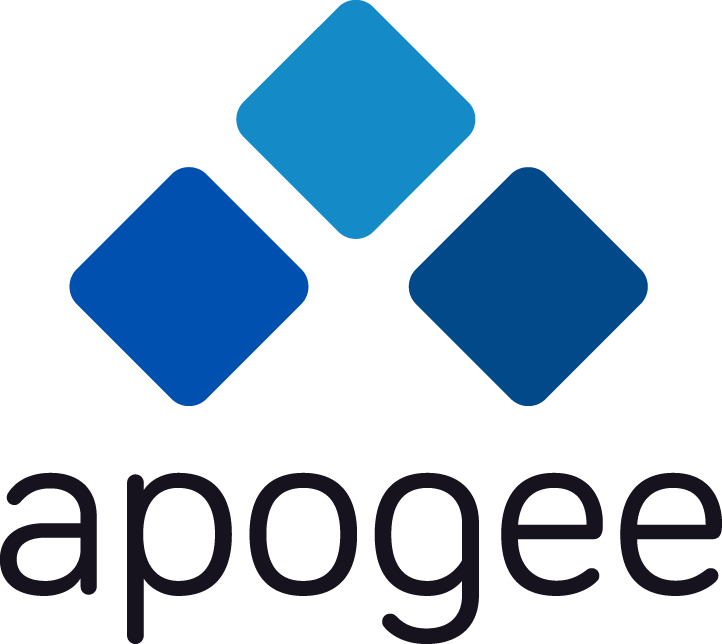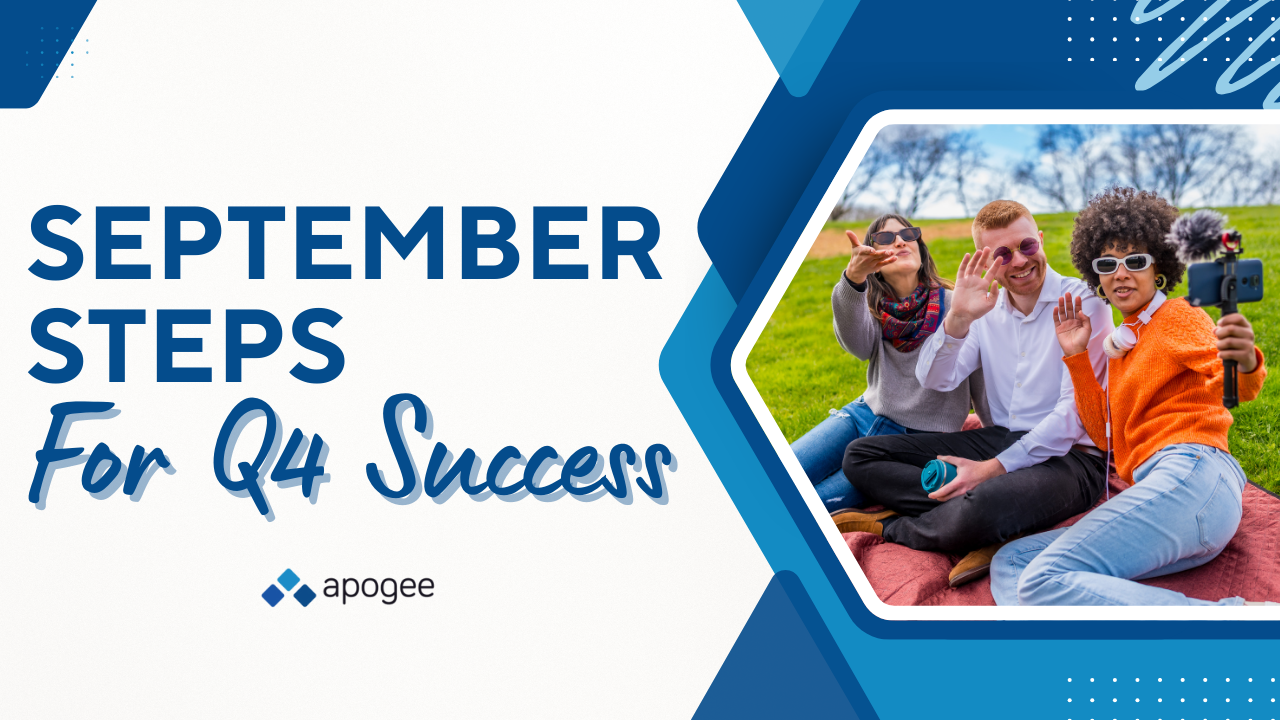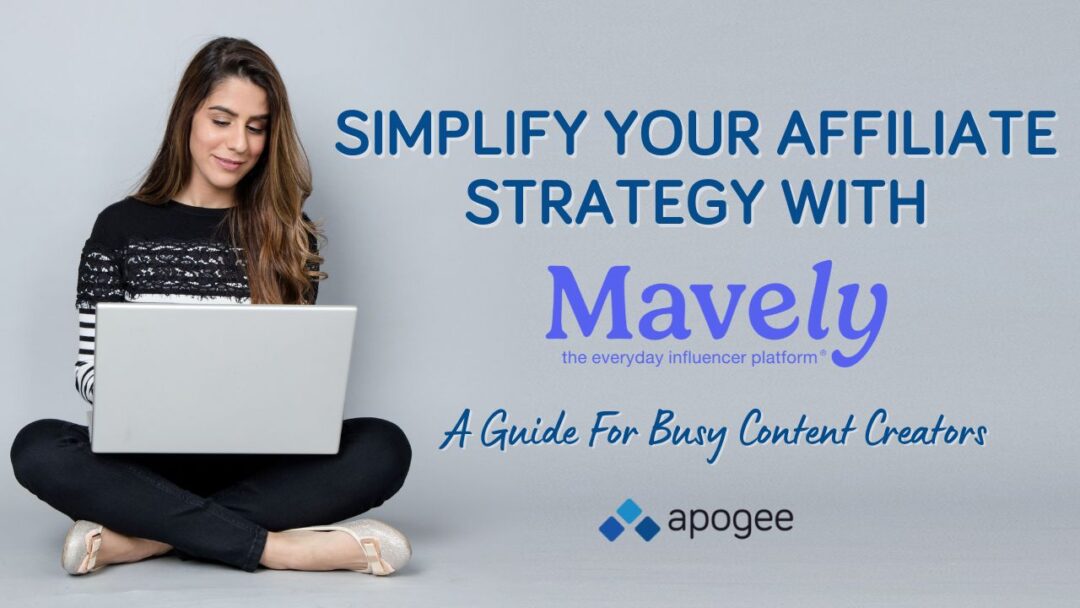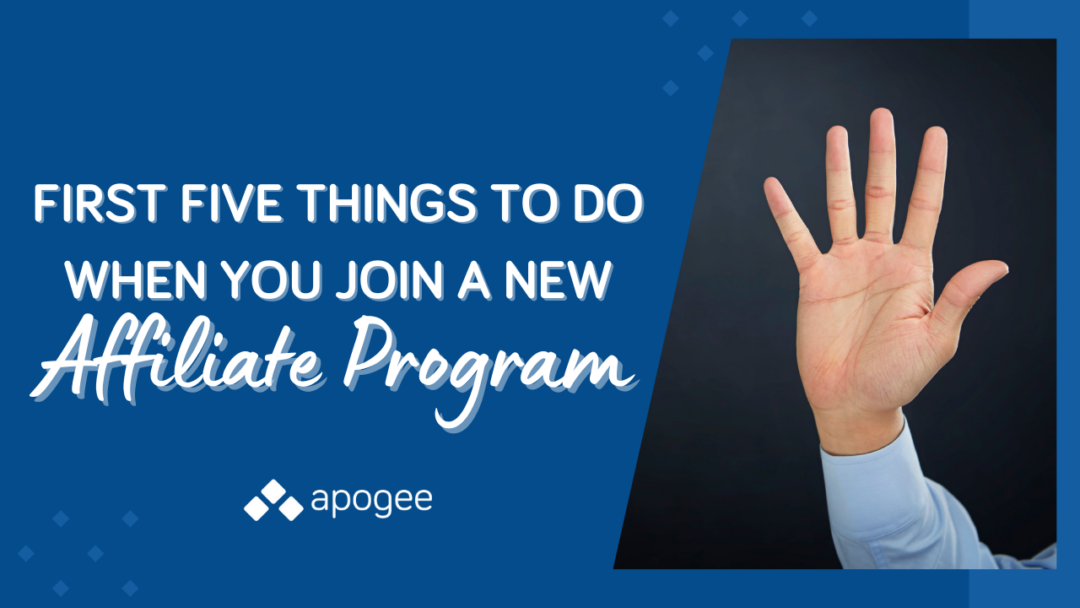
Lowering CAC With Smarter Affiliate Programs in 2026
October 8, 2025If you’ve been on TikTok recently, you’ve probably seen people declaring that they’re part of “Group 7.” It started with a musician named Sophia James, who uploaded seven videos that included her new song, each one slightly different. The first six got a little bit of traction, but the seventh took off and became a full-blown trend. Millions of people began identifying with Group 7, brands joined in, and Sophia’s original goal of promoting her song was completely overshadowed by how fascinated everyone became with the experiment itself.
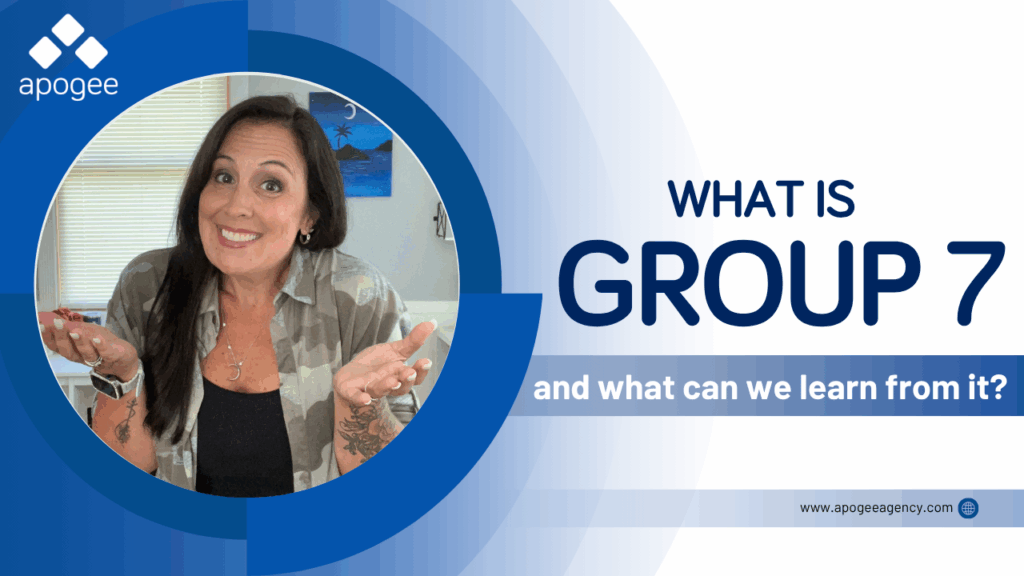
So, what is Group 7 exactly? On the surface, it’s a random viral moment. But when you look closer, it’s a brilliant accidental case study in how testing, repetition, and curiosity can create massive visibility. It’s also a perfect example of how one small change can shift results completely.
What Is Group 7 and Why Did It Work?
Sophia didn’t stumble into success. She intentionally posted seven videos, all tied to the same song, to see what would happen. She wasn’t waiting for luck or trying to find the “perfect” formula. She simply created multiple versions of the same content and let the algorithm decide what people connected with.
For affiliate marketers, that’s a huge takeaway. What is Group 7 showing us if not that reach comes from volume and variation, not just one polished post? By giving the algorithm more opportunities to find an audience, she created her own data set in real time.
One Post Is Never Enough
When affiliates say their content “didn’t work,” what they often mean is they only tried once… maybe twice. Even though Sophia’s seven videos were all uploaded close together, the principle still applies: one post is never the whole story. Every piece of content performs differently. Each version she uploaded was another chance for the TikTok algorithm to test her reach and engagement.
Affiliate marketers can do the same. You might post five different videos about the same product, each with a slightly different hook. One might flop, one might perform fine, and one might suddenly catch traction. This Group 7 trend is showing us that performance marketing is still a game of numbers and creativity, not guesswork.
Small Changes, Big Impact
All seven of Sophia’s videos were nearly identical, yet one resonated far more than the others. That tells us that even the smallest creative differences can completely shift how content performs. Maybe it was the lighting, the timing, or a change in her tone. Maybe it was simply the algorithm seeing her as an “expert” because of the repetitious content.
For affiliates, this is a reminder that your first version of a post doesn’t have to be perfect. What matters is getting it out there, learning from it, and posting again with small improvements. Group 7 proved that subtle tweaks can make a massive difference in engagement.
Repetition Without Redundancy
Sophia didn’t spam the exact same video seven times, she gave the same message seven slightly different ways. Affiliates should think the same way. You can show the same product in a daily routine, a “things I actually use” roundup, or a problem-solution video. Each one hits a new part of your audience and gives the platform another shot at finding who cares.
Group 7 is showing us that repetition works when you do it intentionally. The audience doesn’t see everything you post, and the algorithm doesn’t either. Posting the same idea in multiple ways isn’t overkill, it’s smart marketing.
Experimentation Wins Over Perfection
What made Sophia’s experiment resonate was that it felt authentic and playful. She didn’t overthink it. She didn’t overproduce. She picked a number, made seven quick variations, and hit publish. The final one went viral, and the rest became part of the story.
Affiliate marketers can borrow that same mindset. Don’t wait to have the “perfect” post. Get several versions out into the world, observe what happens, and double down on what works. Group 7 is a reminder that published is better than perfect, and testing beats guessing.
Curiosity Converts
Sophia didn’t tell people to stream her song. She sparked curiosity by inviting them into the experience. “Which group are you in?” made people feel like they were part of something, even if they didn’t understand it. That curiosity drove conversation and connection.
Affiliates can take a page from that book. Instead of pushing a discount code, tell a small story or ask a question that makes people stop and engage. What is Group 7 showing us here? That people respond to participation, not pressure.
The Big Takeaway
So, what is Group 7 when you strip away the hype? It’s proof that volume and variation drive visibility. Sophia James didn’t create one perfect video, she made seven imperfect ones, and the algorithm (and tens of thousands of users) decided which deserved the spotlight.
Affiliate marketing isn’t built on viral moments, it’s built on showing up authentically and casually, over and over again. You never know which video will hit it big. So keep testing, keep posting, and remember that your next video could be your Group 7.
